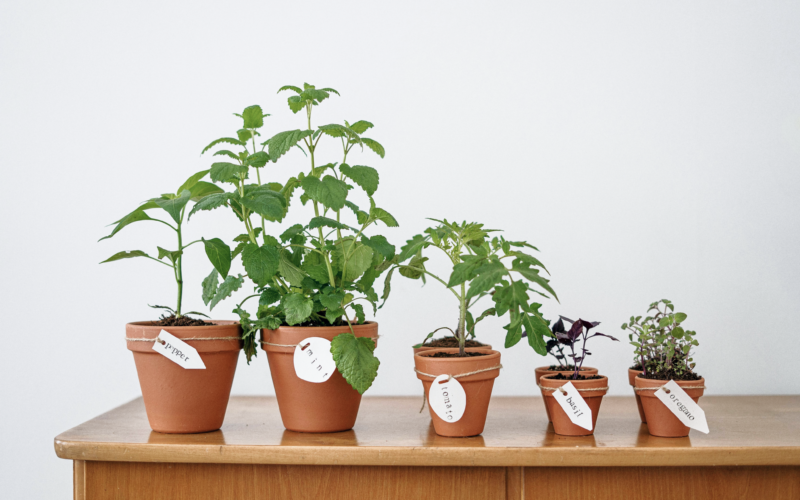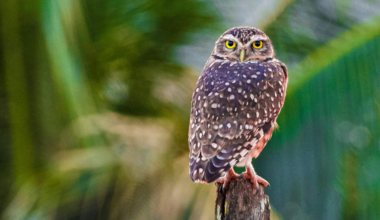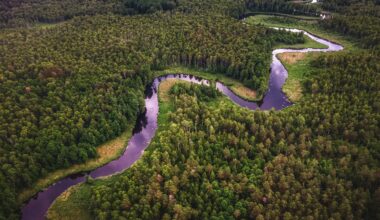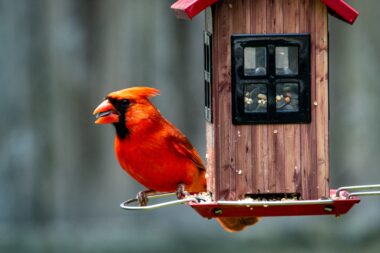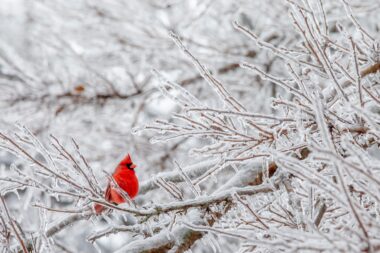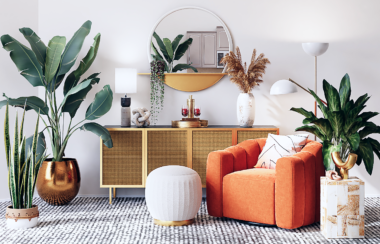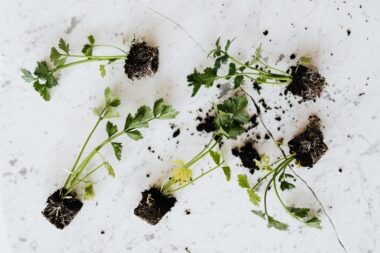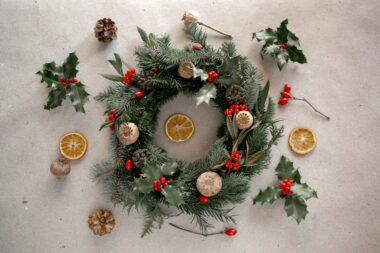These days more than 86% of the world’s population live in urban areas, mostly disconnected from the land and their food supply. But in concrete jungles where skyscrapers tower and green spaces are sparse, 20-30% of city dwellers are finding innovative ways to reconnect with nature through urban agriculture. From repurposing materials to maximizing limited space, we cover eight gardening DIYs to help cultivate sustainable greenery in an urban environment.
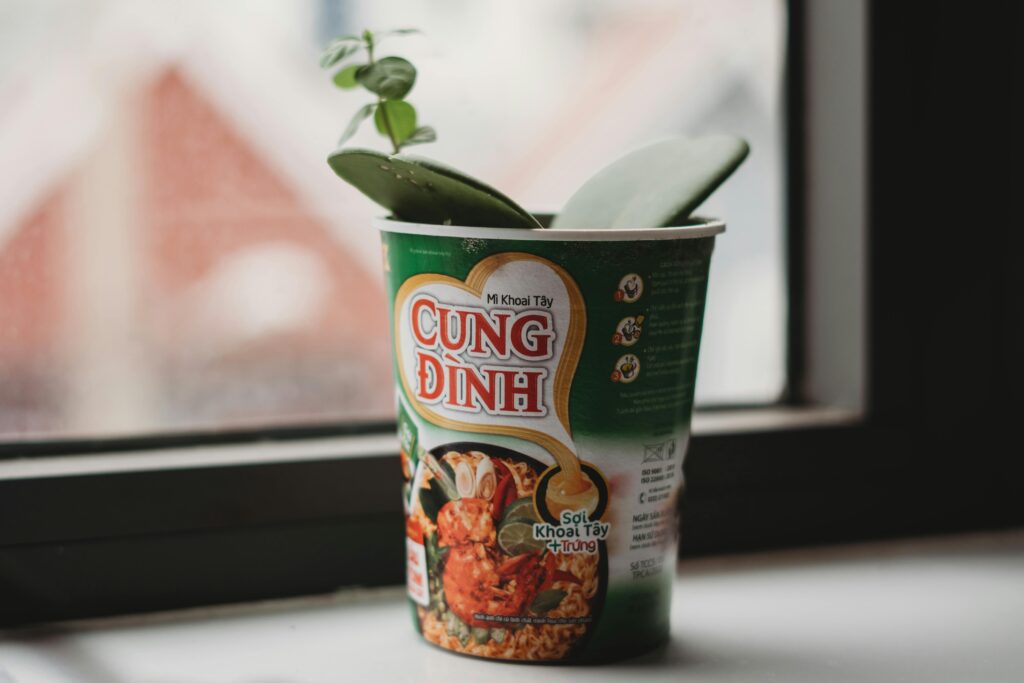
1. Upcycled Container Gardens
One of the simplest and most effective ways to garden in cities or apartment living is through container gardening. You can repurpose all sorts of containers like old buckets or plastic bottles to create portable gardens on balconies, patios, or windowsills. Not only are you reducing waste by giving new life to discarded items, but it also gives you flexibility when moving your plants around to find the best sunlight.
A little indoor herb garden can be a great addition to your apartment, and a lot of native Canadian plants do well in pots too. Butterfly milkweed, purple coneflower and Canada mayflower, some of our native pollinator plants, can happily make a pot their home.
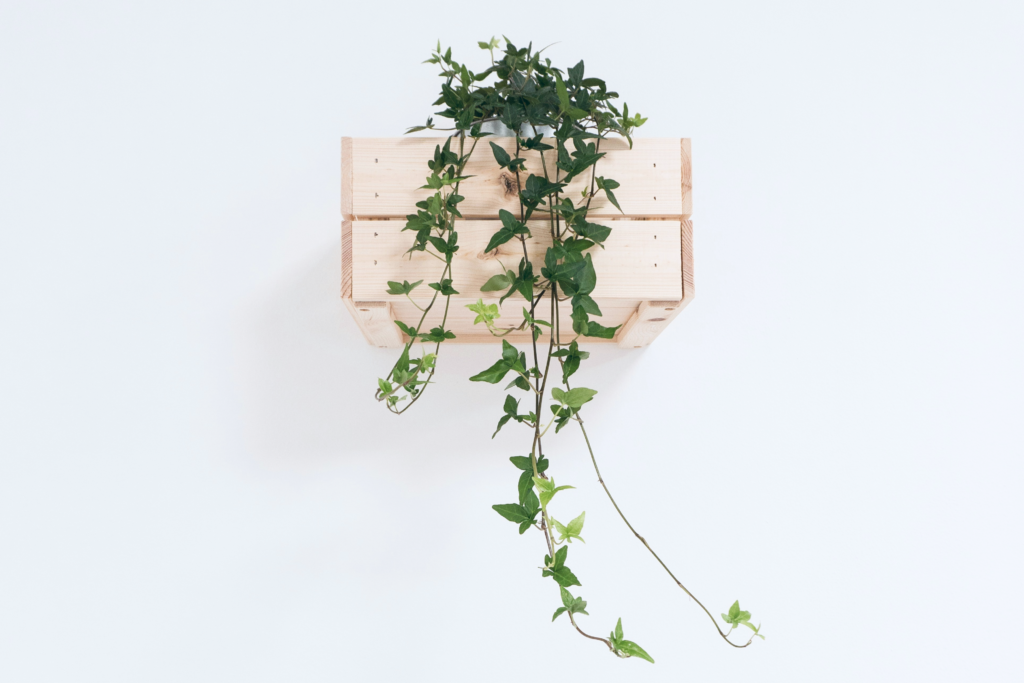
2. DIY Vertical Planters
When ground space is limited, look up! Vertical gardening DIYs allow you to utilize walls, fences, or trellises to create lush green walls or hanging gardens. DIY vertical planters can be made from recycled materials like pallets, PVC pipes, or even shoe organizers. You can even DIY a trellis with some bamboo and string. By going vertical, you can maximize your growing area while adding a touch of greenery to otherwise barren walls.
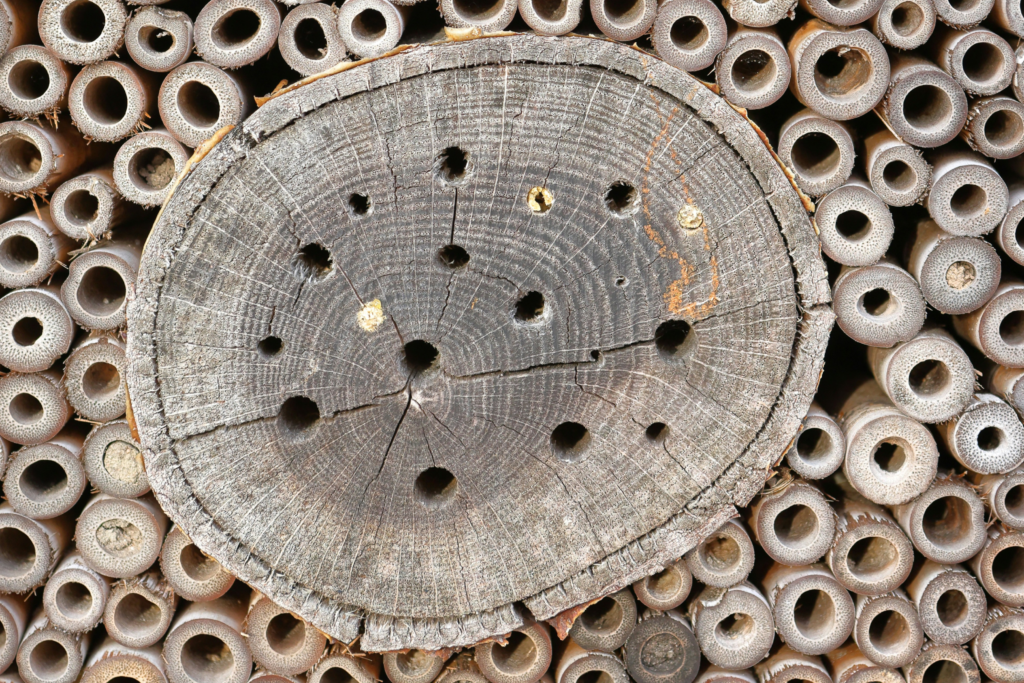
3. DIY Bee Hotel
This next gardening DIY is definitely one for those of us that have access to an outdoor area. There’s not many of us that are going to want to invite bees indoors, and they probably don’t want to be there either.
DIY bee hotels are a great way to support declining bee populations while adding charm to your garden or balcony. By repurposing common materials such as wooden blocks, bamboo tubes, or drilled logs, you can create a cozy nesting habitat for solitary bees.
Just arrange your materials in a sturdy frame or container, ensuring the openings are of varying sizes to accommodate different bee species. Put your bee hotel in a sunny, sheltered spot and watch as solitary bees, like mason bees and leafcutter bees, move in and make themselves at home. Not only do DIY bee hotels provide essential nesting sites for solitary bees, but they also contribute to pollination and biodiversity, making them a valuable addition to any garden or urban space.
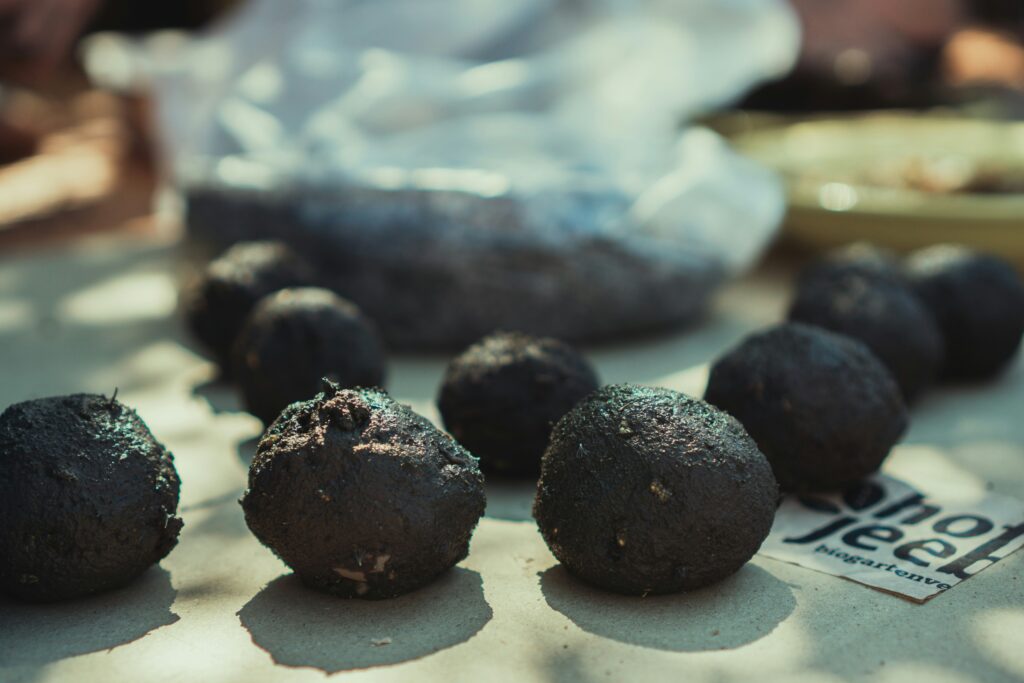
4. Homemade Seed Bombs
Can we interest you in a bit of guerrilla gardening? Not necessary of course. You can use these little seed bombs in your own garden if you want, but they’re a bit more fun out in the wild.
Guerrilla gardening has become a popular form of urban gardening recently with residents of concrete jungles injecting greenery into neglected spaces. In Salford, UK guerrilla gardening is even encouraged by the local authority to help regenerate the heart of the city.
Homemade seed bombs are a great, eco-friendly way to spread wildflowers and support pollinators in your area. Just mix together clay, compost, and native wildflower seeds to create these little balls of goodness, ready to be scattered in neglected or barren spaces. Let the seed bombs dry, and then toss them into areas in need of a little natural beauty. As the clay dissolves and the seeds germinate, you’ll soon see bursts of colourful flowers attracting bees, butterflies, and other beneficial insects.
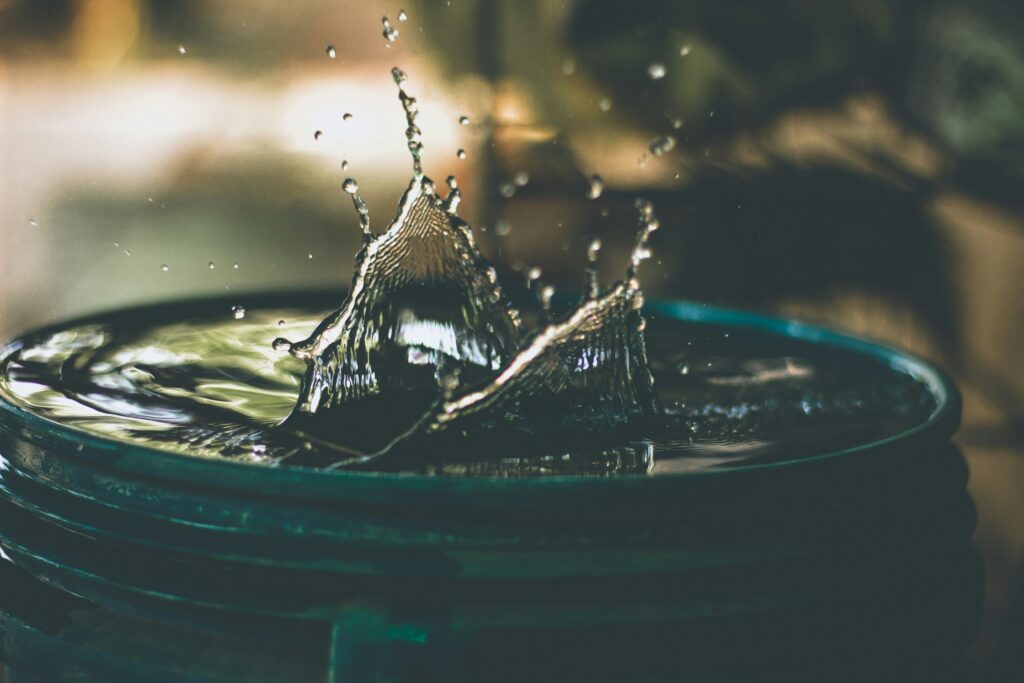
5. Upcycled Rain Barrel
On average plants need about an inch of water a week, but you don’t have to reach for the tap for all of it. If you have a balcony or an outdoor area, you can collect rainwater by repurposing a large container like a plastic garbage bin. Add a screen to filter out debris and a spigot near the bottom for easy access. Using a rain barrel not only conserves water and reduces runoff, but it’s also a free source of water for irrigating your garden – bonus points all round.
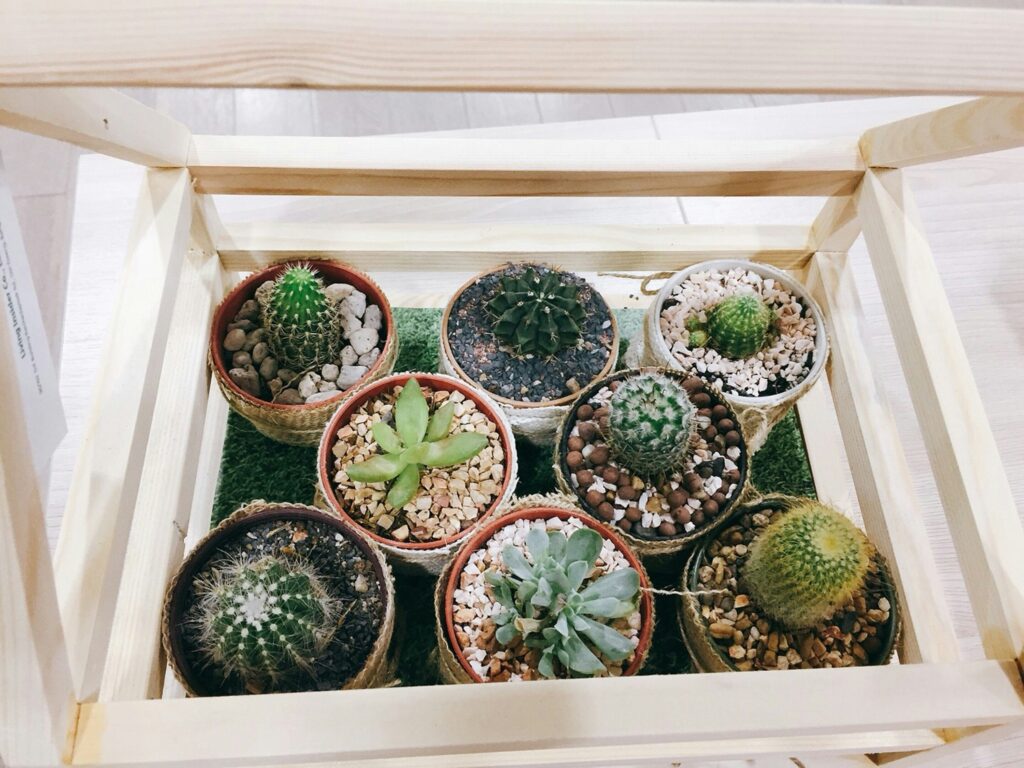
6. DIY Greenhouse
If you’re a fan of cacti, succulents and seedlings, a mini indoor greenhouse can be a great little home for your humidity loving plants. Even better if you can upcycle and DIY one out of materials you already have at home. You can DIY a greenhouse with repurposed windows, picture frames or even an old plastic container.
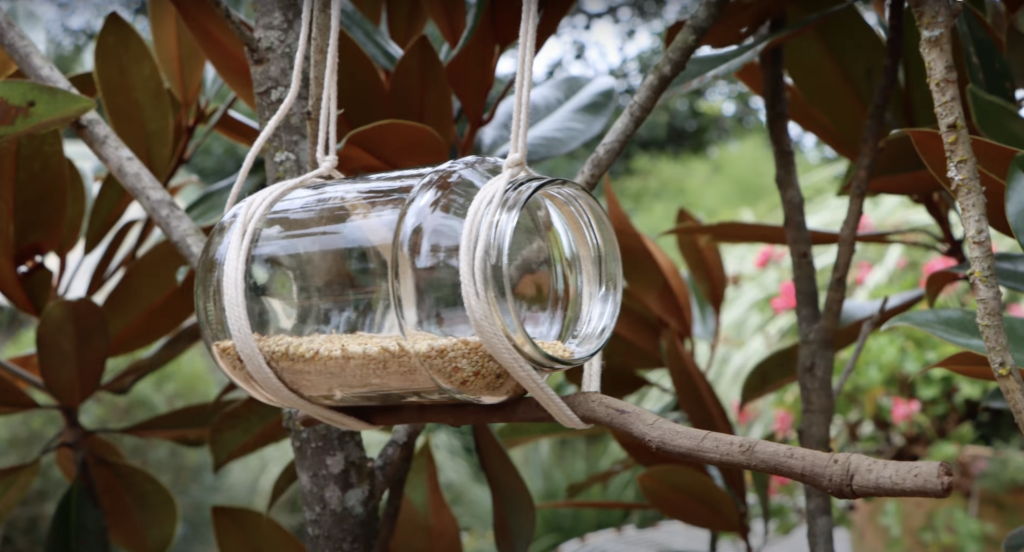
7. Upcycled Bird Feeder
Upcycled bird feeders are ingenious gardening DIYs. To start, you’re providing vital sustenance for our feathered friends which is particularly important in winter. But you’ve also got a double whammy of reducing waste by giving new life to discarded items, and attracting a variety of bird species, promoting biodiversity and natural pest control in your garden or balcony.
You can turn pinecones, citrus rinds, toilet paper rolls and even upcycle old teacups and saucers into bird feeders with a bit of imagination, and internet tutorials (all linked).
By incorporating features like perches or roof overhangs you can customize your bird feeders to accommodate different bird species. Whether you hang them from trees, your balcony, or mount on posts, upcycled bird feeders are a simple but impactful way to enhance the ecological balance of outdoor spaces while indulging in the joys of a little DIY creativity.
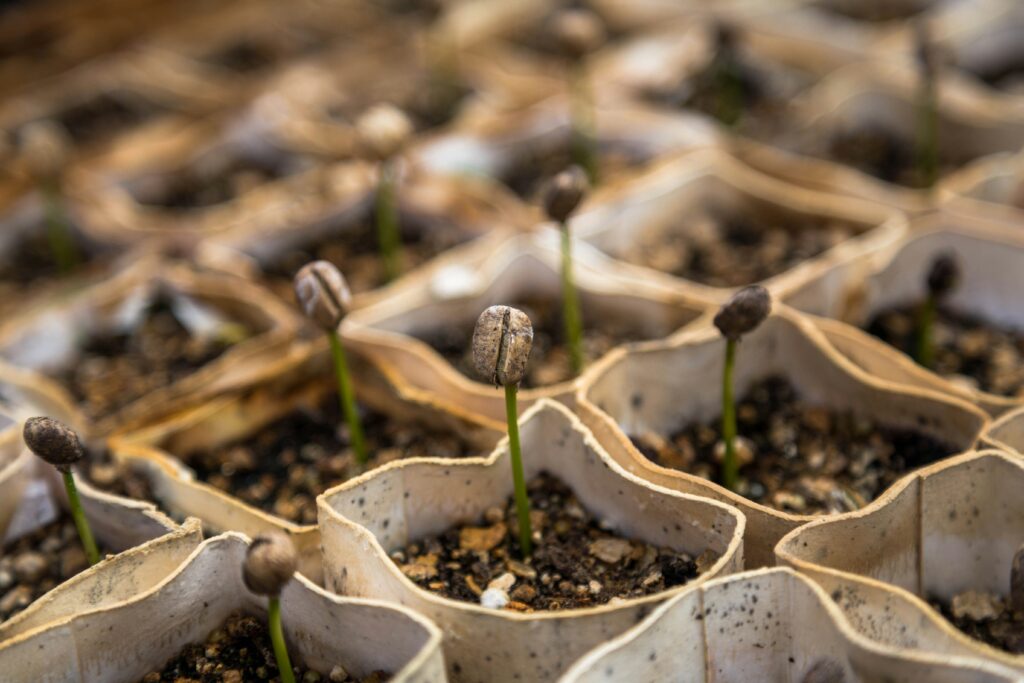
8. Biodegradable Plant Pots
Are you looking for little pots for your new seedlings but don’t want to buy flimsy plastic trays? Let us introduce you to the humble egg carton and its friends, the toilet paper roll and the newspaper. These three were destined to be seedling plant pots, and are a really easy gardening DIY to get you started for the season.
Plastic plant pots aren’t great for the environment anyway with most ending up in landfills. According to a study by Horticulture Week up to half a billion plastic plant pots head to landfills or incineration every year in the UK alone. In Canada, we threw away 4.4 million tonnes of plastic in 2019, recycling only 9% of it.
Biodegradable plant pots can help you reduce plastic waste for sure. But they also allow for seamless transplanting, since the pots can be planted directly into the soil. This minimizes root disturbance and promotes healthy plant growth – a win for your plants and the planet!
Sustayn is designed to present the most useful recommendations for environmentally friendly approaches and items. We update links when possible, but note that links can be broken and subject to change. The information provided in this article is for educational and informational purposes only. While the methods discussed have been carefully researched and presented, readers are advised to exercise caution and use their discretion when attempting any DIY projects. The authors and publishers of this article do not assume any responsibility for the outcomes or consequences of readers’ DIY endeavours. Always seek professional advice or assistance if uncertain about any aspect of a DIY project.
